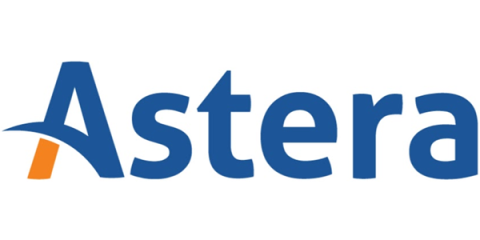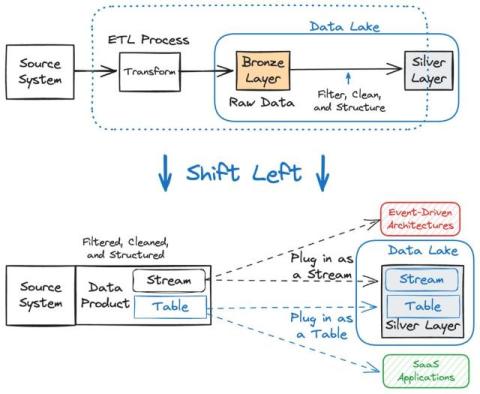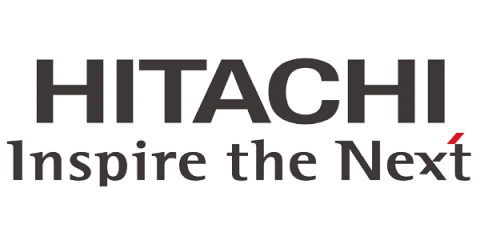Transforming the way you pay for realtime - by the minute!
Our new per-minute, consumption-based pricing model offers granular control over your costs, eliminating the need to pay for peak users or connections. Whether you're building a proof of concept or handling massive user loads, our pricing model provides what you need to succeed - volume discounts, cost optimizations and business critical support. Consumption-based pricing has become widespread in SaaS and PaaS businesses, and it's easy to understand why: you should only ever pay for what you consume.











